Recent Guidelines on PPP Loan Forgiveness
Kerry M. Lavelle • April 29, 2020
On Tuesday, April 28, 2020, Treasury Secretary Steven Mnuchin indicated that certain borrowers of Paycheck Protection Program (“PPP”) loans will face scrutiny through a loan audit process to ensure that the loan proceeds are being used properly prior to forgiveness of the loan and that borrowers are able to, in good faith, certify the business necessity of the loan.
The loan “audit” is not the same as a federal tax audit; it is not intended to be a federal tax audit, but rather, to ensure that the PPP loan proceeds are being spent properly, the conditions for forgiveness were met, and that other borrower covenants made with the PPP loan application were accurate.
Mnuchin stated that PPP loans of more than $2M would face full audits with spot checks for smaller loans. Currently, the government is issuing about $660B in loans that can be forgiven if borrowers use them to retain or rehire employees along with other conditions.
Typically, the SBA relies on lenders to service and manage SBA loans. However, in this case, in order to expedite the loan process for small businesses to take advantage of keeping employees on the payroll, the federal government has given local banks and servicers an indemnity where they will not be liable for the fraud of borrowers. Borrowers need only to provide the necessary documentation to its lender required pursuant to the law.
With $660B at stake, that leaves the responsibility to the SBA for ensuring that businesses use the loan money properly.
The SBA has proven to be poor auditors of their own loans in the past. In a 2011 audit of lending to combat the global financial crisis, the agency’s inspector general found “documentation deficiencies” in 40% of the loans it reviewed, resulting in inappropriate, unsupported loan approval.
The general rules are that as long as 75% of the loan is used for salaries, you maintain the same number of employees, and maintain the same payroll, the loan is to be forgiven. But the poorly drafted and hastily passed legislation created many questions among lenders, borrowers, and other professionals. As evidence, the Treasury Department and the SBA have updated their guidance for the program, issued interim rules, modified the application and published FAQs, multiple times since the program started accepting loans on April 3, 2020.
On April 29, 2020, the SBA added that borrowers with adequate sources of liquidity would be unlikely to qualify for the PPP loans, without further detail. The SBA did not address the PPP loans that were already funded but not yet forgiven.
The media has also been reporting cases of large, sometimes public, corporations properly qualifying for the PPP loans, but now returning the money to the government. Many smaller businesses despite submitting applications, failed to receive a loan because the program ran out of funds.
What are the take-aways?
- As of this writing, if your loan is over $2M, you are being told in advance, that you will be audited.
- If your loan is less than $2M, it is probably unlikely that you will be audited, but proceed as though you will be audited.
- Continue to monitor press releases, news stories, and PPP loan updates from your professionals on updates to the loan program. The changes are not done, and the forgiveness detail is still in a state of flux.
- Gather substantiation on all disbursements of PPP loan proceeds.
- At the end of the covered period, you will be asked to prepare a certification that the money was used properly. Have it reviewed by your legal or financial professionals.
Continue to be aware of the constant updates of the law, and if you have any questions contact Kerry Lavelle at klavelle@lavelle.com.
More News & Resources
Lavelle Law News and Events
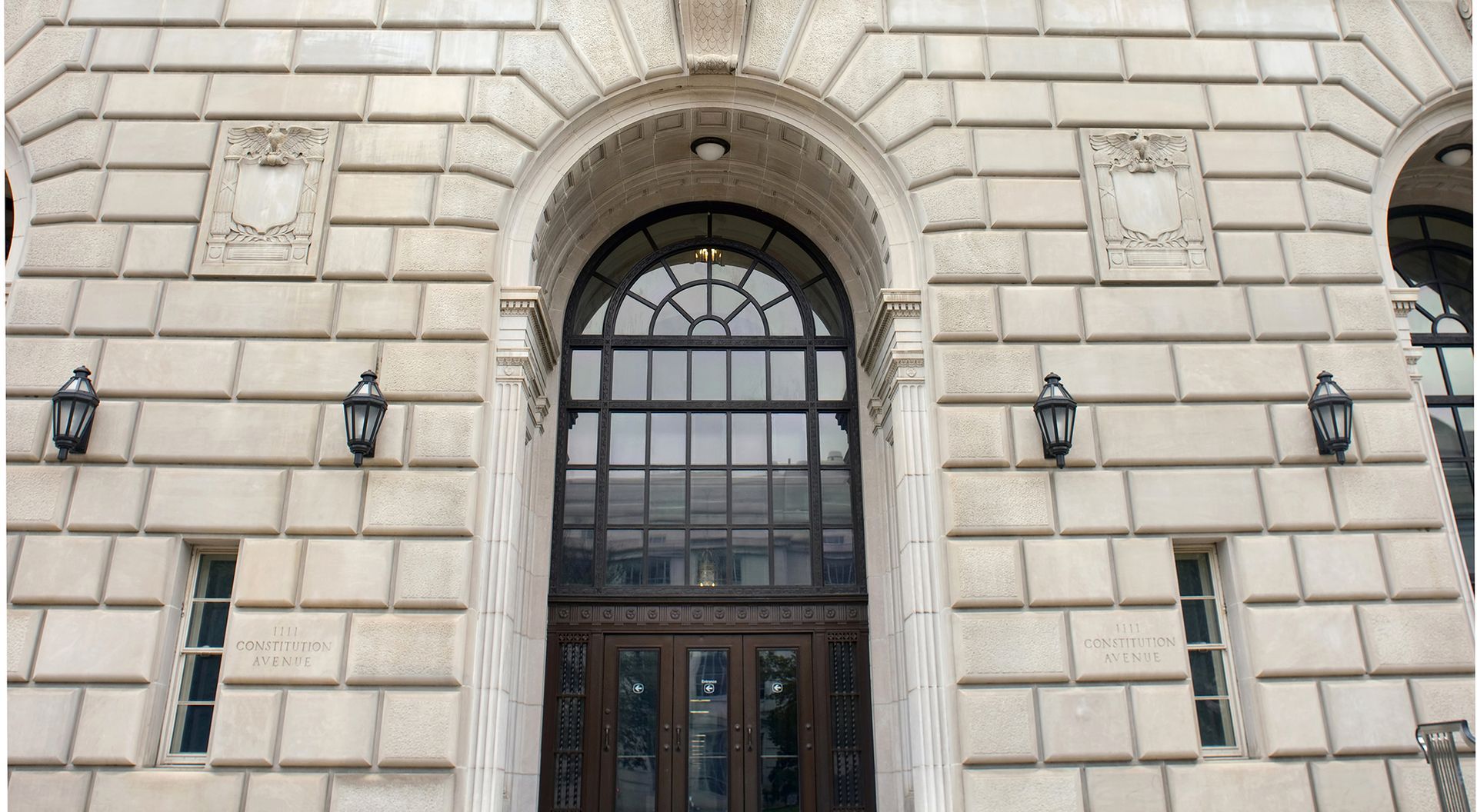
A Type F reorganization (“F Reorg”), governed by Section 368(a)(1)(F) of the Internal Revenue Code, provides a strategically significant mechanism for corporate restructuring. Defined as a “mere change in identity, form, or place of organization of one corporation,” an F Reorg permits a corporation to alter its legal existence while being treated for federal tax purposes as the same entity. This recharacterization allows for the uninterrupted preservation of tax attributes while maintaining shareholder continuity.

When it comes to estate planning, most people think about providing for their loved ones—but what about the furry, feathered, or scaled members of your family? In the United States, 68% of households own at least one pet, according to the American Pet Products Association’s 2023-2024 National Pet Owners Survey. For many, pets are more than just companions—they’re family. Ensuring their care after your death or incapacity is a vital part of comprehensive estate planning. In Illinois, a Pet Trust offers a powerful solution to guarantee your pet’s well-being long after you’re gone.
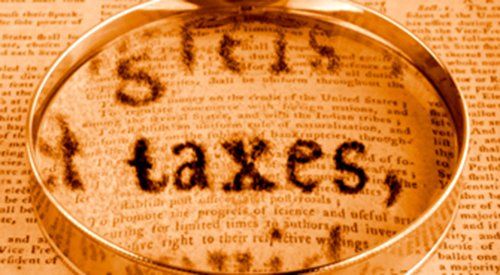
IRS Press Release Addresses Payment Plan Options - A recent press release by the IRS addressed the options that are available to taxpayers who may owe more on April 15th than they can pay. The IRS advised taxpayers that they do not need to wait until April 15 to file their 2024 federal return, and if they owe and are unable to pay the balance in full, there are payment plans available to help them pay their tax obligation.
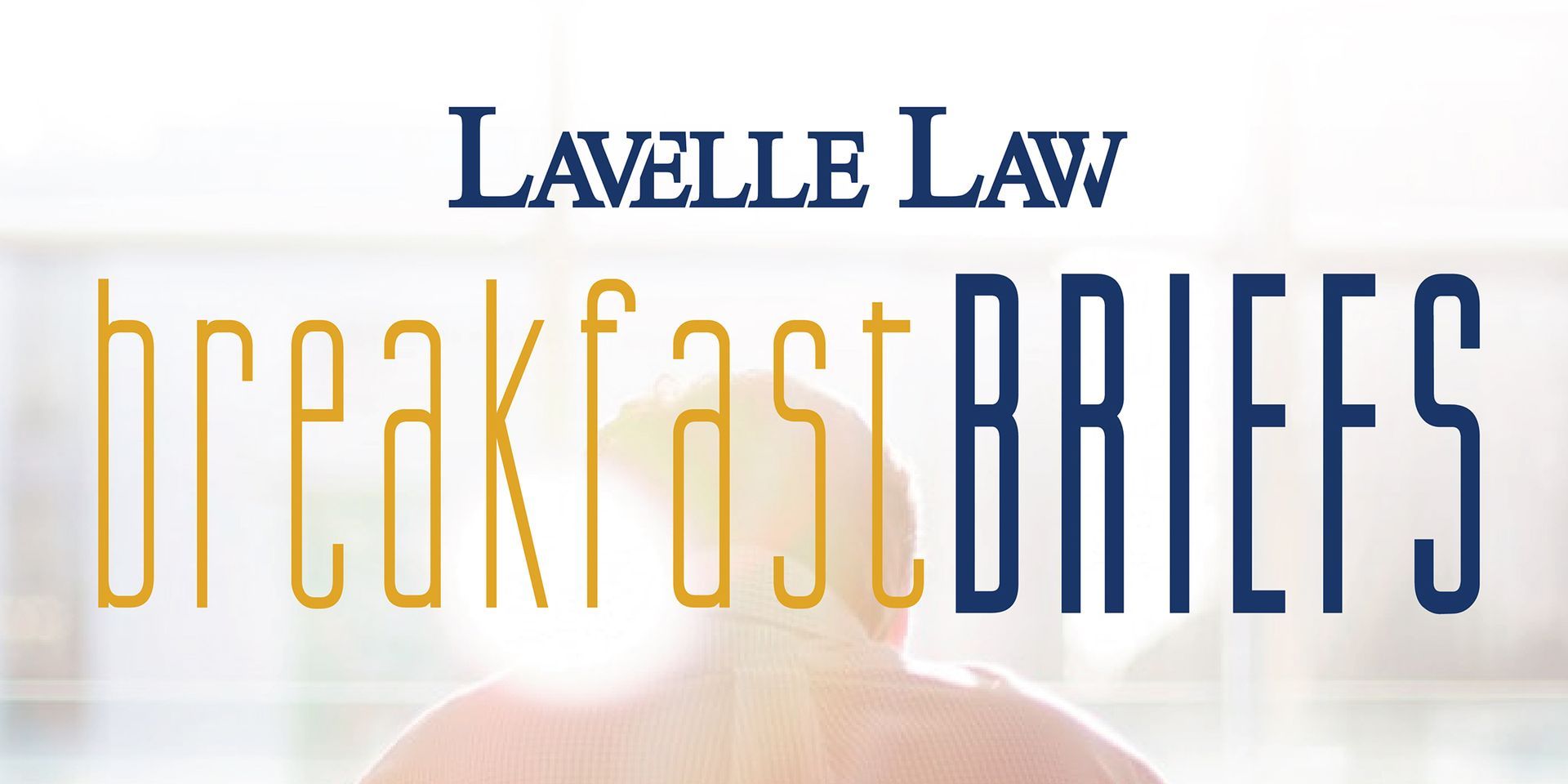
Join us on May 21 in Schaumburg for an engaging Breakfast Briefs seminar, delving into vital strategies to fortify your business. This session will explore the critical role of crafting ironclad non-compete agreements, shielding your trade secrets, and mastering the nuances of temporary restraining orders (TROs) and injunctive relief. Our presenters, attorneys Matthew Sheahin and Jennifer Tee, bring a wealth of experience in this legal domain. Seize this chance to bolster your company’s legal protections and lay a solid groundwork for enduring success!
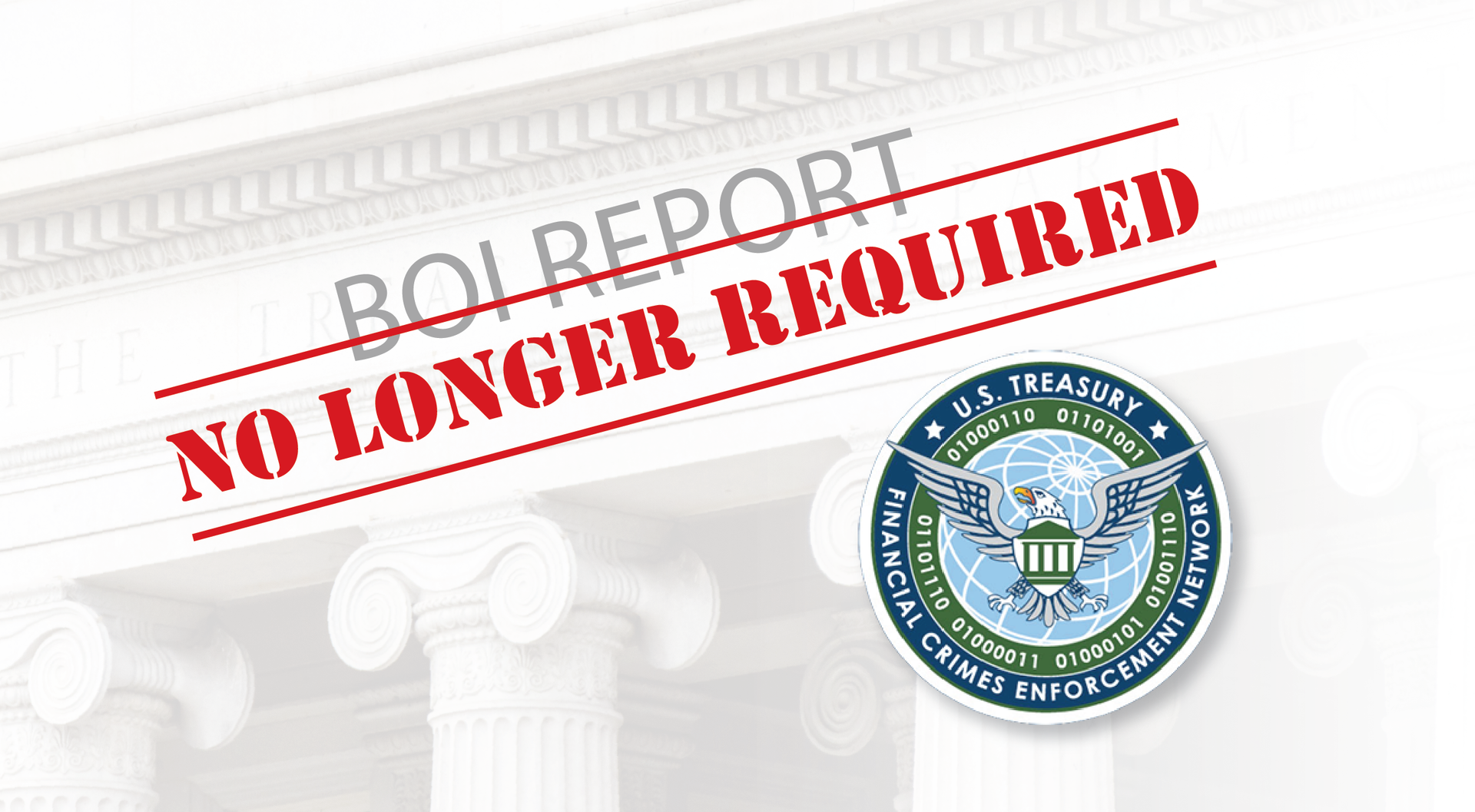
On March 21, 2025, the Financial Crimes Enforcement Network (FinCEN) issued its interim final rule stating that those entities previously classified as "domestic reporting companies" are now exempt from all BOI reporting requirements. On the other hand, all foreign entities registered to do business in the USA must file their own initial BOI reports within 30 days of the initial final rule's publication, if they have not done so already.

Spring is here, and with baseball season kicking off, we’re stepping up to the plate with our annual Lavelle Law Business After Hours event. We’re excited to partner with our friends in the Schaumburg business community for an evening of networking, good vibes, and a few surprises—all hosted in the friendly confines of our Schaumburg office. Bonus points: Feel free to rock your favorite baseball team’s gear and show off your fandom while you’re at it!
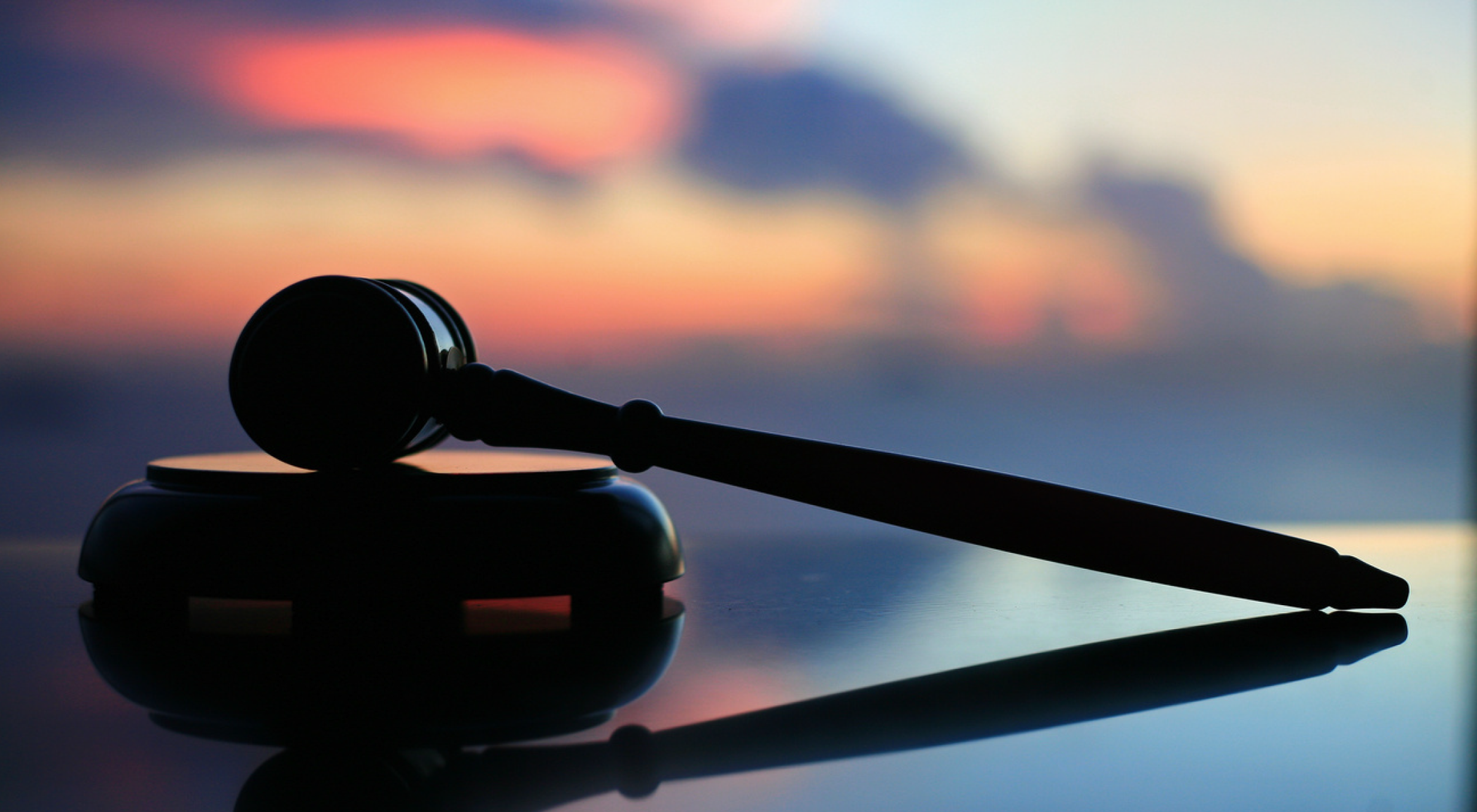
Delaware corporations seeking to redomesticate to another state should be advised that on February 4, 2025, the Delaware Supreme Court issued its highly anticipated decision in Palkon v. Maffei, C.A. No. 2023-0449-JTL, addressing a challenge to TripAdvisor's redomestication from a Delaware corporation to a Nevada corporation. The case raised important questions regarding the standard of review applicable to such reincorporations, particularly when fiduciaries may derive a benefit from shifting to a legal regime perceived as more friendly.
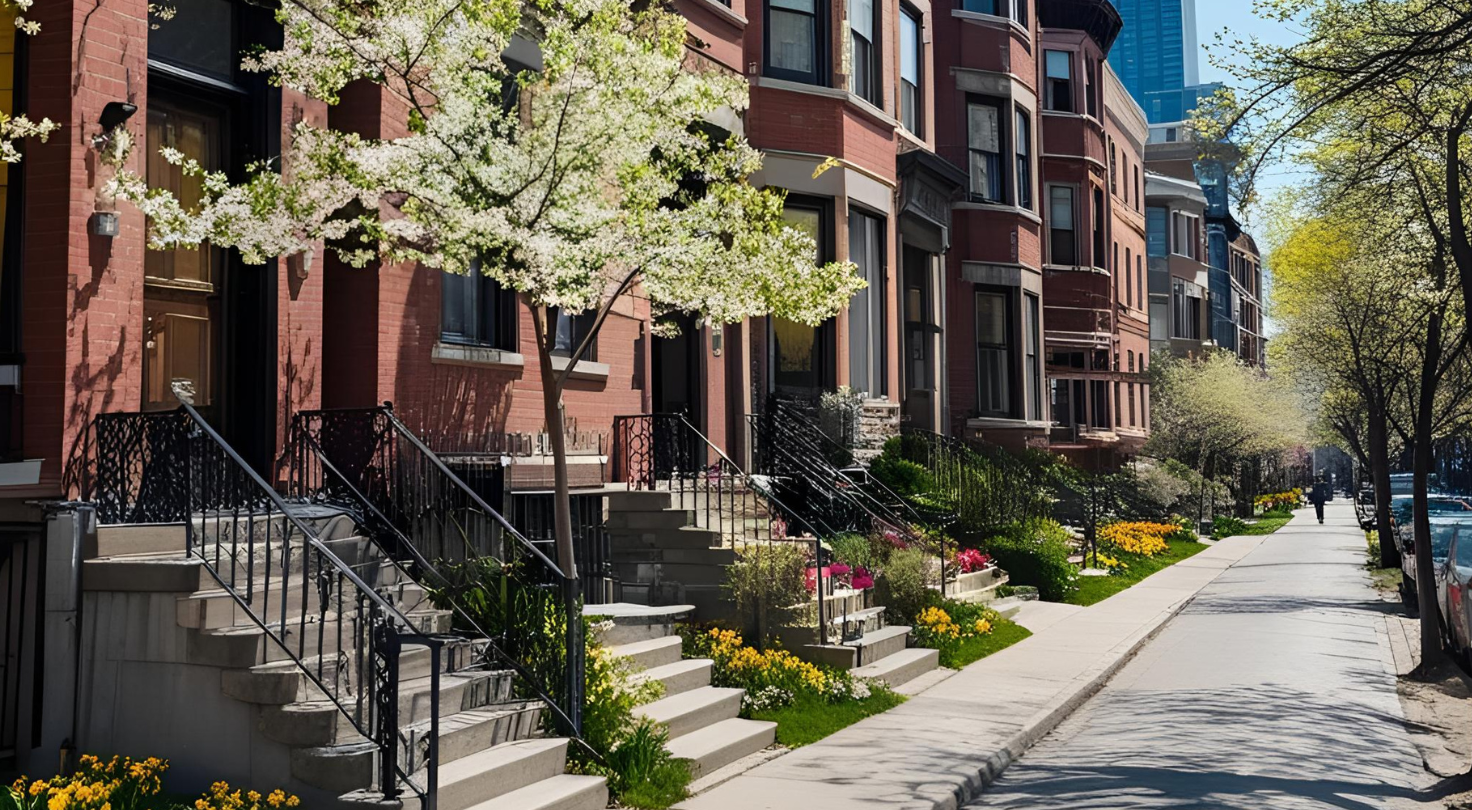
Recent legislative efforts in Illinois are reshaping the state’s approach to residential zoning, with significant implications for the housing market. A new bill, House Bill 1814, introduced last week, aims to eliminate single-family zoning in municipalities across Illinois. If passed, this bill will allow for the development of multi-unit buildings in areas currently zoned exclusively for single-family homes. This initiative, alongside a similar bill introduced last year, has the potential to address the state’s growing housing shortage and make housing more affordable for middle-class families.
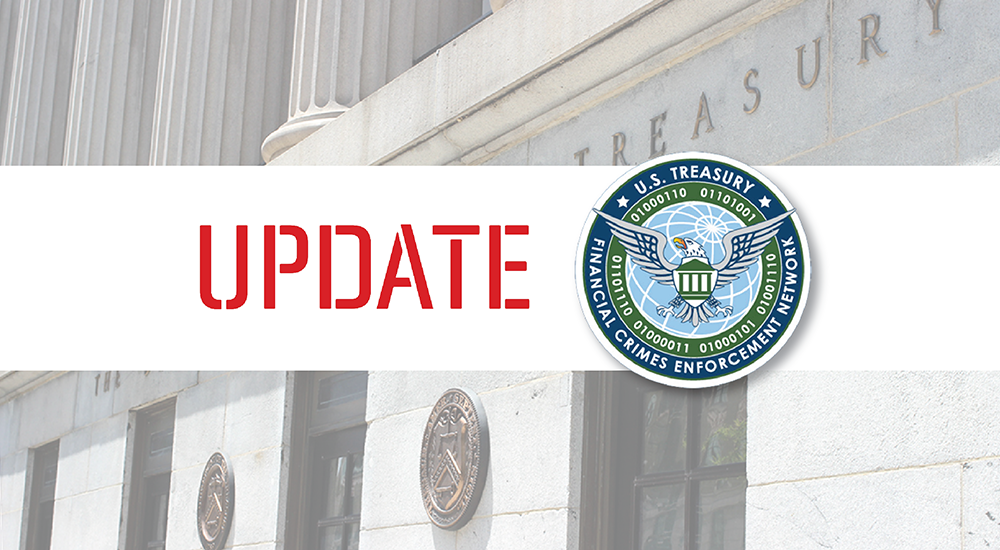
On February 27, 2025, FinCEN issued an immediate press release stating it would not impose fines, penalties, or take any other enforcement actions against companies that fail to file or update Beneficial Ownership Information ("BOI") reports pursuant to the Corporate Transparency Act ("CTA") by the current deadlines. FinCEN also announced that it would be revising BOI reporting deadlines through an interim final rule set to be issued no later than March 21, 2025.



